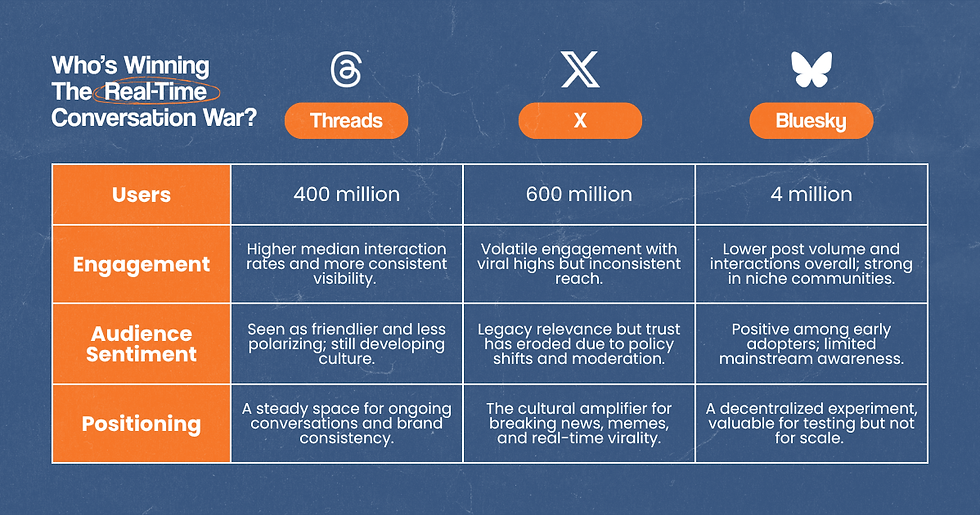Breaking the Glass Screen: Women’s Voices and the Power of Radical Sharing
- Eric Elkins

- Mar 8, 2023
- 2 min read
By Tristen Johns

In honor of Women’s History Month, I want to take a little dip into the warm (and complex) waters of feminism and women’s representation in digital spaces. My goal here is to influence copywriters, content creators, and community managers — and hopefully inspire women to take advantage of how powerful social media can be.
It is still an uphill battle for women to reach the higher echelons of the larger media industry, which begs us to question how our worldviews might be skewed based on the biases of those delivering our information. Only 22% of top news editors are women — and at the current rate of rising equity for women in traditional media, it would take another 67 years to close the average gender equality gap. Not ideal!

In social media, however, the distribution of influence amongst the genders is generally more equal (though still far from perfect). 70% of the most-followed accounts on Instagram belong to women — and the distribution of active women on social media ranges from 48.2% on Instagram to 42.8% on LinkedIn (and 37% on Twitter). While I won’t go so far as to say that new media is the “great equalizer” — as those most affected by barriers to access are women of color — I will posit that social media channels have pushed women’s voices to great new heights. With the democratization of public speech, women now have more opportunities to become true thought leaders in their fields.
One notable example is the #MeToo movement, which began on social media and quickly spread to become a global phenomenon. By sharing their experiences of sexual harassment and assault, women were able to create a viral phenomenon that brought attention to the pervasiveness of the issue. Women deciding to use a hashtag became a collective voice of power in a way that we had never seen before. A demographic long silenced by men in positions of power leveraged social media to put gender equality into the zeitgeist, resulting in real consequences and public accountability.

SO: What can we do to lift up women’s voices and embrace them in new media as users of social media, digital marketers, brands, or content creators?
Listen and respond to feedback from diverse audiences on social media
Support women-led businesses and grassroots organizations through partnerships and sponsorships
Prioritize diversity and inclusion in hiring practices, uplifting women’s capacity to participate in leadership teams and high-level decision-making
Include women and other underrepresented groups in marketing campaigns and influencer programs
Lastly — and most often overlooked — shine a spotlight on community through radical sharing of owned voices, pushing our cultures to change shape. Social media has the power to shift the way we think, speak, and act to reflect the stories of those we would otherwise never hear — everyone wins when we let that permeate the way we interact with social channels.
Tristen Johns is a community manager at WideFoc.us. They are passionate about language’s power to shape social and political change. When they aren’t content strategizing, they are generally reading, hanging out at a coffee shop, or both.










